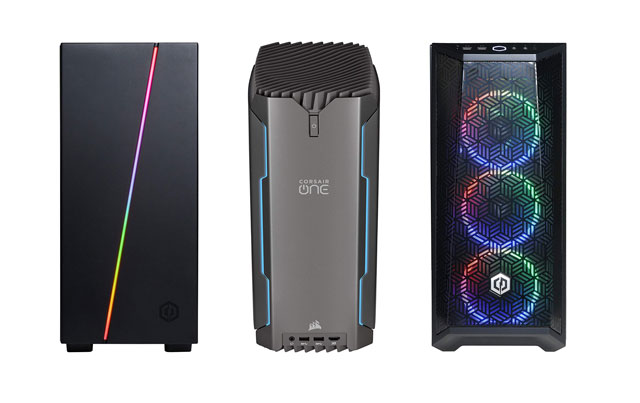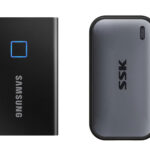This guide is designed for graphic designers, digital artists, UI/UX professionals, and visual storytellers who depend on powerful machines to execute high-resolution tasks, run intensive software, and deliver client-ready visuals. If you’re making career-defining decisions based on color fidelity, rendering speed, or multi-application performance, then we’re speaking directly to you.
We’ve seen how frustrating it can be to work on a lagging system, to battle frequent crashes during high-res exports, or to wait endlessly for previews to render. Time is currency in design. Precision is non-negotiable. When your system can’t keep up, creativity gets disrupted, and deadlines slip. That’s the problem we’re here to solve.
Graphic design workloads come with high demands. You’re working with multi-layered Photoshop files, large Illustrator artboards, or vector-heavy motion graphics. Every pixel counts, and so does every second. Most off-the-shelf machines simply don’t offer the thermal efficiency, processing architecture, or graphics capabilities needed for this type of work. Worse still, some offer strong specs in one area but compromise heavily in others, leading to unbalanced performance and workflow bottlenecks.
To eliminate guesswork, we’ve built a guide that isolates what really matters. We identify and evaluate the key criteria that impact graphic design performance. We also list the minimum specifications that any system should meet before it earns our consideration.
Here’s what we examine: CPU performance, GPU capability, RAM, storage type and speed, monitor compatibility and display output, port selection, expandability, and thermal design. Each of these elements contributes to the overall experience—affecting everything from load times to color accuracy to your ability to future-proof your investment.
Let’s begin with the CPU. For graphic design, multi-threaded performance matters, but single-core performance still rules most design tasks like layout rendering and brush stroke response. A strong CPU means faster task execution, snappier previews, and fewer slowdowns. We recommend Intel i7/Ryzen 7 or higher, clocked above 3.5GHz, with at least 6 cores. This mitigates lag in applications like Adobe XD, InDesign, or Affinity Designer, especially when multiple tabs or windows are open. For designers working with 3D models or interactive mockups, these specs form the baseline for a productive workflow.
Now the GPU. It’s not just for 3D artists. Modern tools like Photoshop, Illustrator, and even Figma leverage GPU acceleration for features like zooming, panning, and real-time filters. A dedicated GPU such as the NVIDIA RTX 3060 or AMD Radeon RX 6700 XT ensures fluid interface interaction, quicker rendering, and better multi-monitor support. This becomes critical when working on high-DPI displays or designing for print with complex vector files.
RAM plays a pivotal role in multitasking. Design workflows rarely involve one application at a time. You’ll switch between browsers, preview windows, asset folders, and editing tools. A minimum of 32GB DDR4 RAM provides enough headroom for high-efficiency multitasking. It also reduces the chances of software freezing mid-session, particularly when editing 300+ MB PSD files or toggling between Adobe Bridge and Lightroom.
Next, storage. SSDs are essential. Booting your OS and loading large project files from an NVMe SSD cuts wait times dramatically. We recommend a minimum 1TB SSD, not only for speed but to accommodate oversized design libraries, fonts, and stock assets. External storage can supplement this, but internal SSDs give you the responsiveness you need during live edits or real-time rendering.
Let’s not overlook display compatibility. While you may already own a high-end monitor, your desktop needs to support DisplayPort or HDMI 2.0/2.1 with 4K output. This is vital for accurate color previews and real-scale designs. Designers who rely on Pantone-matched palettes or print-ready files need 10-bit color support and wide color gamut output (AdobeRGB, DCI-P3). A robust graphics card with proper display protocols helps preserve the fidelity of your work.
You also need plenty of ports. USB-C, Thunderbolt 3 or 4, SD card readers, and multiple USB-A connections are vital for connecting drawing tablets, external drives, scanners, and reference monitors. Fewer adapters mean faster setup and fewer points of failure.
Expandability matters too. Over time, you’ll want to upgrade. A good desktop should allow for easy upgrades to RAM, GPU, or storage. This keeps the system relevant longer and prevents costly replacements every few years.
Thermal management can’t be ignored. Long render sessions and intensive software use generate heat. A machine with efficient airflow, quiet fans, and good internal layout prevents thermal throttling and protects component longevity. Look for larger tower designs with clear airflow pathways and accessible fan placement.
Before we move to the recommended desktops, let’s set expectations. You’re looking for a workstation that doesn’t hold you back. Every design decision you make, from kerning a logo to building multi-page layouts, depends on a system that responds in real time and stays reliable under pressure.
These are the Best Desktop Computers for Graphic Designers;
Contents
- Corsair Vengeance a8100 Series Gaming PC - Liquid Cooled AMD Ryzen 9 7950X CPU - NVIDIA GeForce RTX 4090 GPU
- Thermaltake Reactor 380 Liquid-Cooled PC (AMD Ryzen 7 5800X, RTX 3080, 16GB 3600Mhz
- CyberPowerPC Gamer Supreme Liquid Cool Gaming PC, AMD Ryzen 7 7800X3D 4.2GHz, GeForce RTX 4070 Ti Super 16GB, 32GB DDR5, 2TB PCIe Gen4 SSD
- CyberPowerPC Gamer Xtreme VR Liquid Cool Gaming PC, Intel Core i7-14700KF 3.4GHz, GeForce RTX 4070 Ti Super 16GB, 32GB DDR5, 2TB PCIe Gen4 SSD
- HP OMEN 45L Gaming Desktop, AMD Ryzen 9 5900X, 32 GB RAM, 1 TB Solid State Drive, NVIDIA GeForce RTX 3080 Ti Graphics
- Alienware Aurora R15 Gaming Desktop - Intel Core i7-13700F, 16GB DDR5 RAM, 512GB SSD+1TB HDD, NVIDIA RTX 4070 Ti
- Thermaltake LCGS Frostbite i4780 Gaming Desktop (Intel Core™ i7-13700KF, 5600MTs 32GB DDR5 RGB, NVIDIA® GeForce RTX™ 4080 Super, 1TB
Corsair Vengeance a8100 Series Gaming PC - Liquid Cooled AMD Ryzen 9 7950X CPU - NVIDIA GeForce RTX 4090 GPU |
|
|---|---|
 See This On Amazon |
|
| CPU | AMD Ryzen 9 7950X |
| Processor Speed | 4.5 GHz |
| GPU | NVIDIA GeForce RTX 4090 GPU |
| Graphics Card Memory | 24 GB |
| RAM | 64GB |
| Storage Space | 4TB (2X 2TB) M.2 SSD |
| Operating System | Windows 11 |
| Dimensions | 25.63 x 24.25 x 13.86 inches |
| Keyboard & Mouse | Sold Separately |
| Computer Monitor | Sold Separately |
| Advantages | Performance, storage |
| Disadvantages | n/a |
Thermaltake Reactor 380 Liquid-Cooled PC (AMD Ryzen 7 5800X, RTX 3080, 16GB 3600Mhz |
|
|---|---|
 See This On Amazon |
|
| CPU | AMD Ryzen 7 5800X |
| Processor Speed | 3.8 Ghz |
| GPU | RTX 3080 |
| Graphics Card Memory | 10 GB |
| RAM | 16GB |
| Storage Space | 1TB |
| Operating System | Windows 11 |
| Dimensions | 14 x 14 x 24 inches |
| Keyboard & Mouse | Sold Separately |
| Computer Monitor | Sold Separately |
| Advantages | Performance, Price |
| Disadvantages | Storage |
CyberPowerPC Gamer Supreme Liquid Cool Gaming PC, AMD Ryzen 7 7800X3D 4.2GHz, GeForce RTX 4070 Ti Super 16GB, 32GB DDR5, 2TB PCIe Gen4 SSD |
|
|---|---|
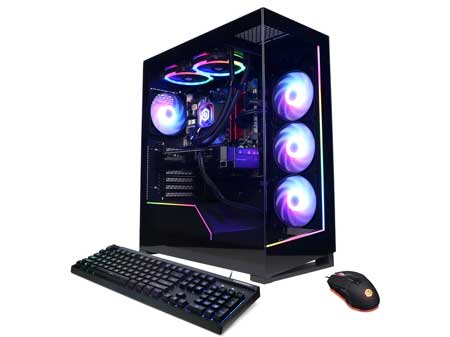 See This On Amazon |
|
| CPU | AMD Ryzen 7 7800X3D |
| Processor Speed | 4.2GHz |
| GPU | GeForce RTX 4070 Ti Super |
| Graphics Card Memory | 16GB |
| RAM | 32GB DDR5 |
| Storage Space | 2TB PCIe Gen4 SSD |
| Operating System | Windows 11 |
| Dimensions | 23.2 x 22 x 13 inches |
| Keyboard & Mouse | included |
| Computer Monitor | Sold Separately |
| Advantages | Design, Build quality, Performance |
| Disadvantages | N.A |
CyberPowerPC Gamer Xtreme VR Liquid Cool Gaming PC, Intel Core i7-14700KF 3.4GHz, GeForce RTX 4070 Ti Super 16GB, 32GB DDR5, 2TB PCIe Gen4 SSD |
|
|---|---|
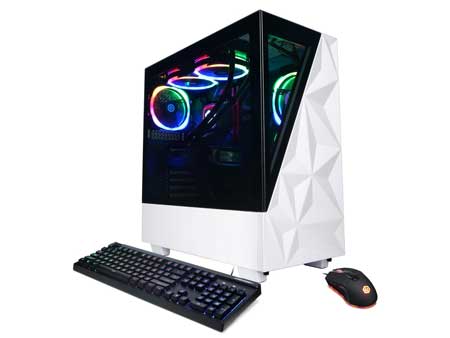 See This On Amazon |
|
| CPU | Intel Core i7-14700KF |
| Processor Speed | 3.4GHz |
| GPU | GeForce RTX 4070 Ti Super |
| Graphics Card Memory | 16GB |
| RAM | 32GB DDR5 |
| Storage Space | 2TB PCIe Gen4 SSD |
| Operating System | Windows 11 |
| Dimensions | 22.5 x 22.5 x 13.25 inches |
| Keyboard & Mouse | Included |
| Computer Monitor | Sold Separately |
| Advantages | Good performance |
| Disadvantages | None |
HP OMEN 45L Gaming Desktop, AMD Ryzen 9 5900X, 32 GB RAM, 1 TB Solid State Drive, NVIDIA GeForce RTX 3080 Ti Graphics |
|
|---|---|
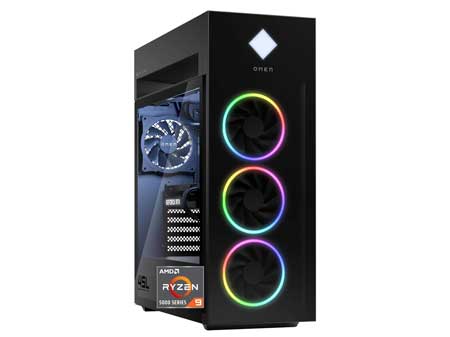 See This On Amazon |
|
| CPU | AMD Ryzen 9 5900X, |
| Processor Speed | 4.8 |
| GPU | GeForce RTX 3080 Ti |
| Graphics Card Memory | 12 GB |
| RAM | 32 GB DDR4 |
| Storage Space | 1 TB Solid State Drive |
| Operating System | Windows 10 |
| Dimensions | 8.03 x 18.5 x 21.85 inches |
| Keyboard & Mouse | Sold Separately |
| Computer Monitor | Sold Separately |
| Advantages | Very good performance, Value, Compact |
| Disadvantages | N/A |
Alienware Aurora R15 Gaming Desktop - Intel Core i7-13700F, 16GB DDR5 RAM, 512GB SSD+1TB HDD, NVIDIA RTX 4070 Ti |
|
|---|---|
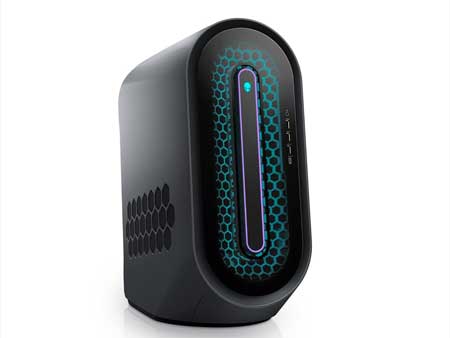 See This On Amazon |
|
| CPU | Intel Core i7-13700F |
| Processor Speed | 5.2 GHz |
| GPU | NVIDIA RTX 4070 Ti |
| Graphics Card Memory | 12GB |
| RAM | 16GB DDR5 |
| Storage Space | 512GB SSD+1TB HDD |
| Operating System | Windows 11 |
| Dimensions | 20.83 x 8.86 x 20.08 inches |
| Keyboard & Mouse | Sold Separately |
| Computer Monitor | Sold Separately |
| Advantages | Performance, Design |
| Disadvantages | Price |
Thermaltake LCGS Frostbite i4780 Gaming Desktop (Intel Core™ i7-13700KF, 5600MTs 32GB DDR5 RGB, NVIDIA® GeForce RTX™ 4080 Super, 1TB |
|
|---|---|
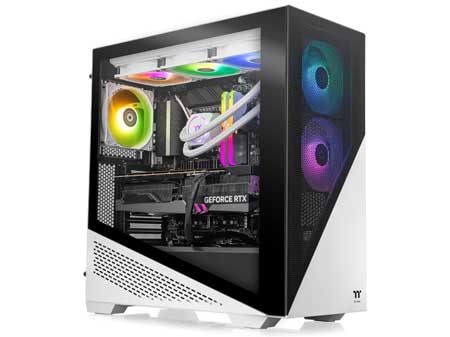 See This On Amazon |
|
| CPU | Intel Core™ i7-13700KF |
| Processor Speed | 5.4 GHz |
| GPU | NVIDIA® GeForce RTX™ 4080 Super |
| Graphics Card Memory | 16 GB |
| RAM | 32GB |
| Storage Space | 1TB NVMe |
| Operating System | Windows 11 |
| Dimensions | - |
| Keyboard & Mouse | Sold Separately |
| Computer Monitor | Sold Separately |
| Advantages | Good design and performance |
| Disadvantages | Storage |
Also check out; the best desktop computers for Fashion Designers

